

Please Clap (timestamp (00:29)
There will be no film screenings. You must watch the films on disc or streaming on your own.
We will watch two films a week.
I WILL GIVE A SHORT QUIZ at the beginning of every class.
YOUR FIRST ASSIGNMENT is due Monday, August 26 by 5:00 p.m.
Due Monday August 26 by 5:00 p.m: After you watch Renfield, write two Discussion Questions (DQs) on the film (200 words max) and describe any three shots of your choice with three film analysis terms (100 words max).
The Google doc gives examples of the format for discussion questions and three shots. Assignments are always due Mondays and Wednesdays by 5:00 p.m.
Post your DQs and three shots BOTH on Canvas AND this Google doc
Discussion Questions etc. are due every Monday and Wednesday by 5:00 p.m.
Computers are not allowed to be used in class.
Please turn off your cell phones and computers before class.
Take notes with paper and pen or pencil.
Two Discussion Questions (DQs) and descriptions of any three shots of your choice with three film analysis terms (or definitions of any Three Big Words if we're reading an essay) are due every Monday and Wednesday by 5:00 p.m. unless otherwise noted. Please be aware that the closing time on CANVAS is 5:00 p.m. Please do not begin a discussion question with "Throughout the story / film, . . . ." or "I liked . . . " Please don't.
Tentative Schedule: (Please expect minor adjustments to be made in the schedule from time to time; all changes will be announced both in class and on the class email listserv.)
August 22 What is a horror film?
Don't go in that classroom?
Due August 26 by 5 p.m.
DUE AUGUST 26 Write Two Discussion Questions (DQs), one on each of the two readings and a total of Three Big Words Post them on
Post your DQs and three shots BOTH on Canvas AND this Google doc
August 27 "It's never too late to be a hero." Purity vs. Trash
REQUIRED VIEWING:
Renfield (dir. Chris McKay, 2023).

THIS WEEK, ONE DQ ON EACH READING for AUGUST 29 AND THREE BIG WORDS.
DUE AUGUST 28 Write One Discussion Question (DQ), one on each of the two readings and a total of Three Big Words Post them on this google doc and on canvas.
August 29 Screamers, Slashers, and the Final Girl, or Master / Servant Reptition / seriality versus two different moments of loss bidged by a fantasy of a somewhat utopian return to a moment too early or too late.
REQUIRED READING:
1. Linda Williams, "Film Bodies: Gender, Genre, and Excess," Film Quarterly Vol. 44, No. 4 (Summer, 1991), pp. 2-13
2. Carol Clover, "HER BODY, HIMSELF" REPRESENTATIONS, 20, 1987
Recommended Reading and Viewing:
Carol Clover, Men, Women, and Chainsaws (1992)

Mary Russo, The Female Grotesque: Risk, Excess and Modernity (1994)

September 3
REQUIRED VIEWING:
The Lodger: A Story of the London Fog (dir. ALFRED HITCHCOCK, 1927)

September 5
REQUIRED VIEWING:
Texas Chainsaw Massacre (dir. Tobe Hooper, 1974)

September 10
REQUIRED VIEWING:
Blow Out (dir. Brian De Palma, 1981)

Recommended: Blow_Out_blu-ray
September 12
REQUIRED VIEWING:
Videodrome (dir. David Cronenberg, 1980)

September 17 This week we will watch Psycho twice.
REQUIRED VIEWING:
Psycho (dir. Alfred Hitchcock, 1960)
.jpeg)
September 19 This day there are two viewings, one on the film and one on the interview. Write one DQ on Psycho and one on the Bernard Herrmann Interview 1971/72 Due September 18 by 5:00 p.m.
REQUIRED VIEWING:
1. Psycho (dir. Alfred Hitchcock, 1960)
2. Bernard Herrmann Interview 1971/72

Recommended Viewing:
Robert Osborne - TCM - Psycho Intro & Outro - 2005
WIlliam Rothman, Hitchcock and the Murderous Gaze (1982) Second Edition, on the psychiatrist, pp. 139 ff
September 24
REQUIRED VIEWING:
Pandora's Box (dir. G.W. Pabst, 1929)
September 26
Class cancelled.
FIRST PAPER:
Film Clip Analysis Assignment 1,000 words max
DUE Saturday, September 29, by 11:59 p.m.
Email the link to your google doc to me at [email protected].
Live GRADING in 4314 Turlington. We will meet at my office in person to discuss your assignment. I will send out an email with a link to a google with a schedule of times we can meet. You'll just need to sign up.
October 1
REQUIRED VIEWING:
Repulsion (dir. Roman Polanksi, 1965)
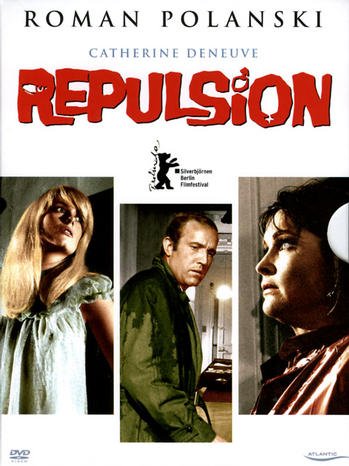
October 3 (We're doing two films this class!) Home Invasion / Revenge Horror
REQUIRED VIEWING:
The Last House on the Left (dir. Wes Craven, 1972)

The Virgin Spring (Ingmar Bergman, dir. 1955)

October 8 Horror Shows We willl watch three films this week.
REQUIRED VIEWING:
The Unholy Three (1925) and The Unknown (dir. Tod Browning, 1927)
Recommended:
THE MYSTIC (TOD BROWNING, 1925); MIRACLES FOR SALE (1939)

October 10
Classes Cancelled
Sign Up and Reschedule Live Grading
REQUIRED VIEWING:
Freaks (dir. Tod Browning, 1932)

The original script (sells for over 24K)
http://www.coolasscinema.com/2016/10/the-unseen-freaks-lost-scenes-from-tod.html?m=1
October 17 (Two films for this class)
REQUIRED VIEWING:
Nightmare Alley (dir. Edmundd Goulding, 1947) [NOTE: DO NOTE WATCH THE 2021 REMAKE.]

Dante's Inferno, (dir. Harry Lachman, 1935)
Notice: The main character appears in blackface in one short scene.
.jpg)
Recommended Viewing:
The actor who leads the group in the freaks caravan episode in Saboteur (dir. Alfred Hitchock, 1942) is also Pops in Dante's Inferno
October 22 Supernatural Horror
REQUIRED VIEWING:
Bride of Frankenstein (dir.James Whale, 1935)

October 24
REQUIRED VIEWING:
Cat People (dir. Jacques Tourneur, 1941)

October 29 SEEING DEATH ON SMALL SCREENS
REQUIRED VIEWING:
Personal Shopper (dir. Olivier Assayas, 2016)

October 31 SEEING DEATH
REQUIRED VIEWING:
Final Destination (dir. James Wong, 2000)
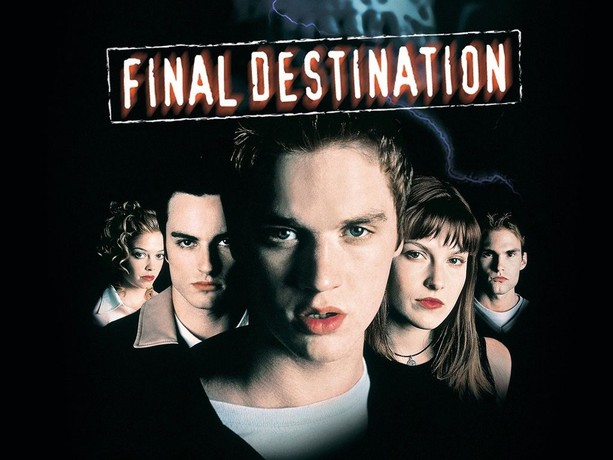
November 5
REQUIRED VIEWING:
Häxan (dir. Benjamin Christensen, 1922)
There are two versions with different colored tinting, Criterion's DVD and Criterion's blu-ray. You may watch either version.

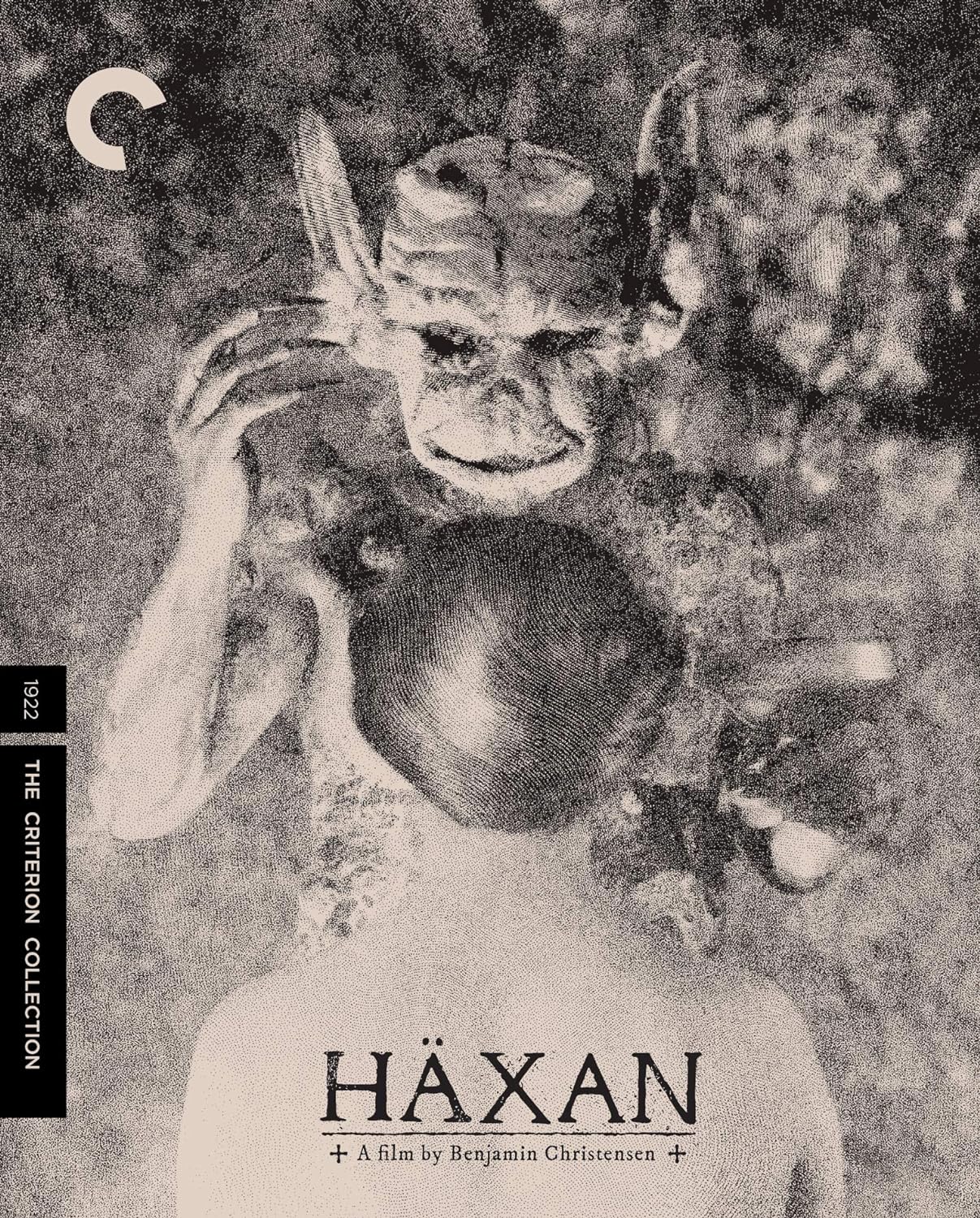
Recommended Reading:
Häxan: “Let Her Suffering Begin”
By Chloé Germaine Buckley ESSAYS— OCT 15, 2019
November 7
Day of Wrath (dir. Carl Th Dreyer, 1934)

November 12 FOLK HORROR MUSICAL
REQUIRED VIEWING:
The Wicker Man (dir. 1982)
_UK_poster.jpg)
November 14 Religious Horror
REQUIRED VIEWING:
The Exorcist (dir. William Friedkin, 1973)

November 19
REQUIRED VIEWING:
Carrie (dir. Brian de Palma, 1976)

November 21
REQUIRED VIEWING:
The Shining (dir. Stanley Kubrick, 1980)
Your second paper is due on Saturday November 23 by 11:59 p.m.
SECOND PAPER:
or
or
Make a Trailer Assignment 2024
DUE Saturday, November 23, by 11:59 p.m
Analyse the edit.

November 26-28
Thanksgiving Break
December 3 SOUND HORROR
REQUIRED VIEWING:
Please Clap (timestamp (00:29)
Eraserhead (dir. David Lynch, 1977)

NOTHING BELOW IS REQUIRED FOR THIS CLASS:
Sisters (dir. Brian de Palma, 196)

The Phantom Carriage (dir. VICTOR SJÖSTRÖM, 1929)
Two very different soundtracks
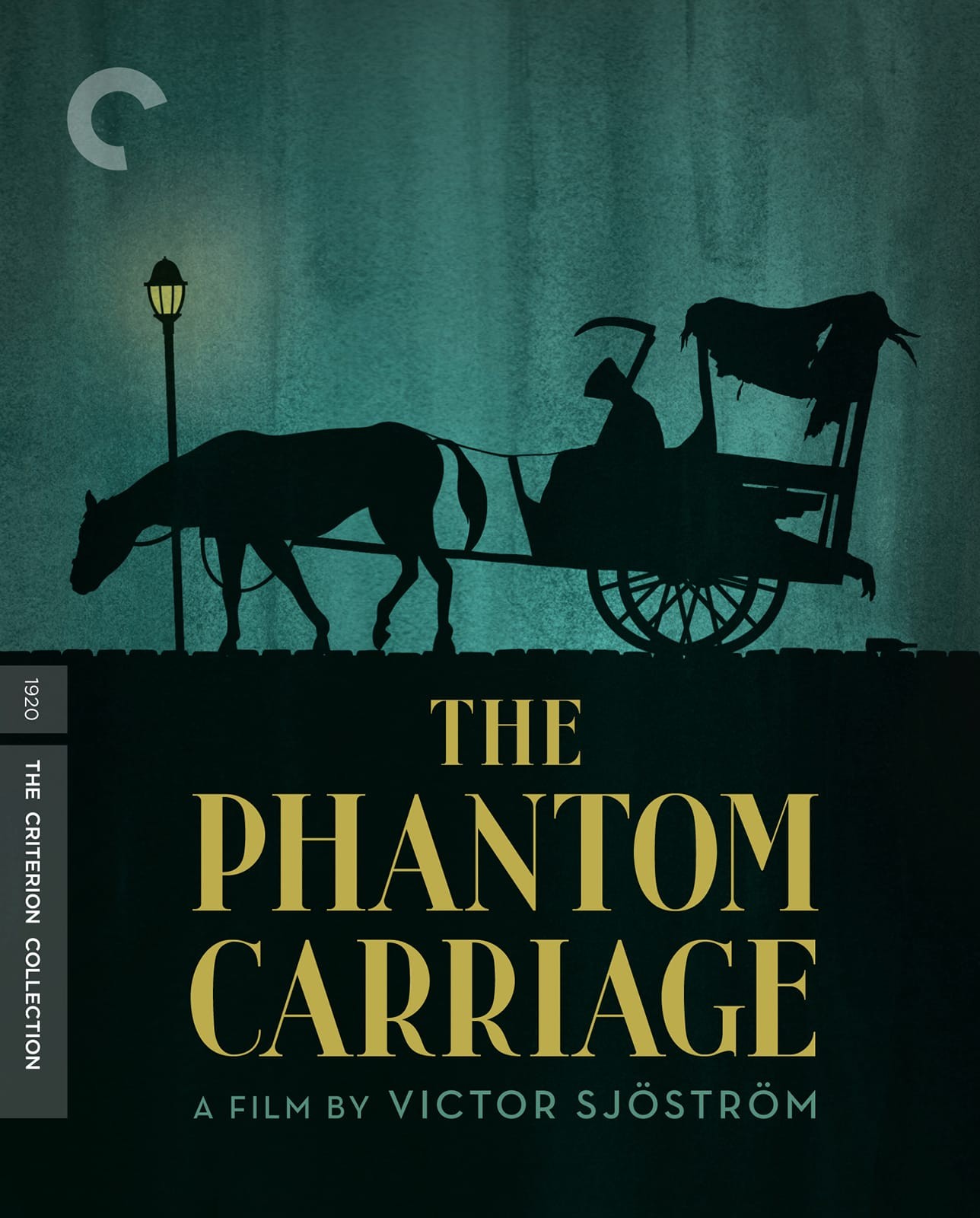

Freaks (1932) Lost Scenes/Behind the Scene Photos (Yellow Edition)
Freaks (1932) - The Code of the Freaks Scene (8/9) | Movieclips
Rare Freaks Shooting Script Plus Historical Genesis Archive Including the Short Story "Spurs," Revisions, and 2-Di..
Freak Flag, Jimi Hendrix Experience 1967
“They're hoping soon, my kind will drop and die / But I'm going to wave / My freak flag high, high ow!”
The Cabinet of Dr. Caligari
https://www.youtube.com/watch?v=zV00ylxcwXw
 |
The Cabinet of Dr. Caligari (1920) | Fantasy Horror Mystery | Silent Film | Full Length Movie |
"Waxworks" (1924) Original title: Das Wachsfigurenkabinett
https://www.youtube.com/watch?v=PNFVsG3McaA
WAXWORKS (Masters of Cinema) New & Exclusive Trailer
https://www.youtube.com/watch?v=984kcSeeNjQ
The Man who Laughs
https://www.youtube.com/watch?v=XGOafkOi4q4
 |
THE MAN WHO LAUGHS (1928) | FULL MOVIE | DIRECTED BY THE GERMAN EXPRESSIONIST FILMMAKER PAUL LEN |
The Show (dir. Tod Browning)
The Unholy Three (dir. Tod Browning)
Murders in the Rue Morgue
https://www.youtube.com/watch?v=xZONVkJ-Ta4
 |
Murders in the Rue Morgue (1932) - Bela Lugosi - Poe - Horror |
Mad Love
https://www.youtube.com/watch?v=thJTu4_22IE
Theater of Horrors | Mad Love | Warner Archive |
A cult classic entitled Carnival of Souls came out in 1962.
https://www.youtube.com/watch?v=tqMEbW7Pe2I
 |
Carnival of Souls (1962) ORIGINAL TRAILER [HD 1080p] |
The Gun Crazy (1949) carnival (Annie Oakley)
The freak caravan episode in Saboteur (dir. Alfred Hitchock, 1942); -Pops in the caravan is also Pops in Dante's Inferno
The carnival in Fritz Lang's Ministry of Fear

![]()
The Night Walker (1964) - Official Trailer

Chamber Of Horrors (1966) - Official Trailer (Mock Warning)
"Don't Go in that room." Timestamp 00:53.
Strait-Jacket (1964) - Official Trailer (Plus Warning)
Universal Classic Horror Movies 1923-1960
F.W. Murnau, The Phantom / The Haunted Castle (1921)

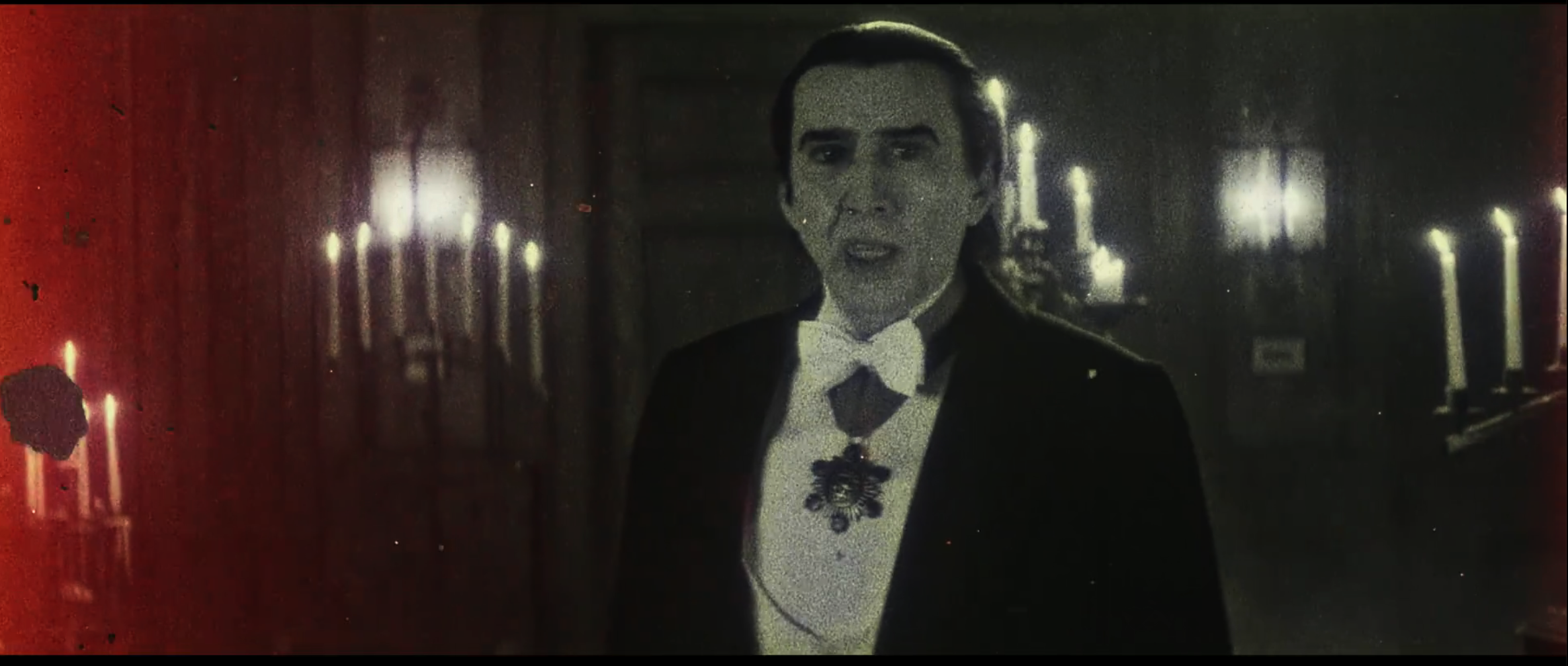


t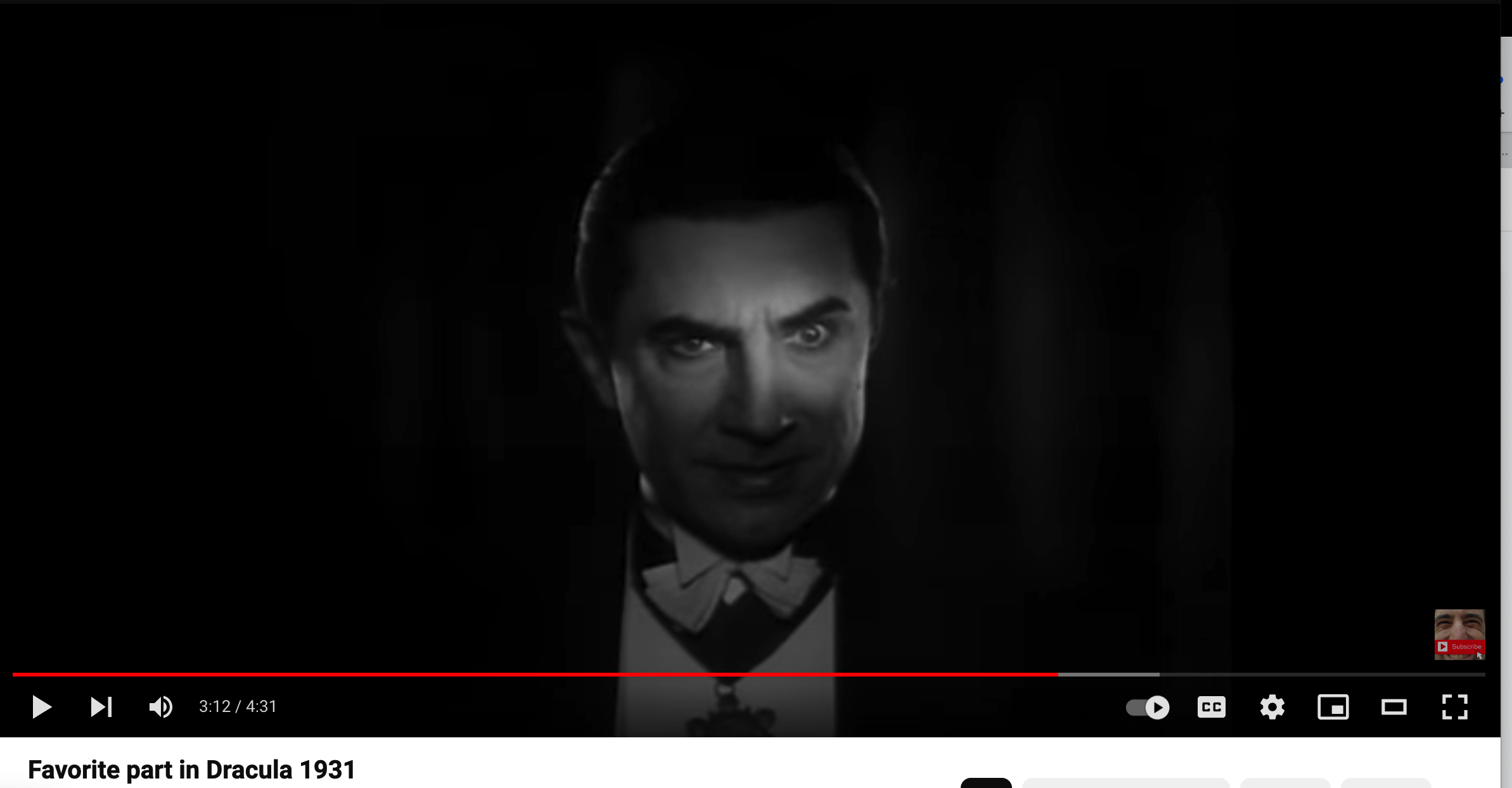

How Renfield Met Count Dracula (Renfield Opening Scene) | Fear
The end title sequence of Renfield (dir. Chris McKay, 2023).
When it goes to celluloid and Nick Cage comes back as Bela Lugosi from Todd Browning’s Dracula.
Dracula (1931) Official Trailer #1 Bela Lugosi Movie
Roger Corman | A Bucket of Blood (1959) Comedy Horror | Original Version with subtitles
Dracula's Daughter as horror comedy

Brian De Palma on how he depicts women in his films
Jerry Falwell and Andrea Dworkin / The Moral Majority (1979)
The Jerry Falwell v Larry Flynt Trial: An Account
Andrea Dworkin’s Radical Feminist Vision 2021
Current Challenges to Free Expression: A New Age of Repression Geoffrey R. Stone 1991
The Atlantic November 1992 Issue
Suffragette
Wikipedia
The term suffragette refers in particular to members of the British Women's Social and Political Union (WSPU), a women-only movement founded in 1903 by Emmeline Pankhurst
Film entitled Suffragette.
https://www.amazon.com/Suffragette-Carey-Mulligan/dp/B017Y01HOQ/
Jack the Ripper was an English serial killer. Between August and November 1888, he murdered at least five women—all prostitutes—in or near the Whitechapel district of London's East End.
https://www.britannica.com/biography/Jack-the-Ripper
Caught Looking: Feminism, Pornography & Censorship 1992 Edited by Beth Jaker (Author), Nan Hunter (Author), O'Dair (Author), Kate Ellis (Author), Feminist Anti-Censorship Taskforce (Editor), Abby Tallmer (Editor)

Carole Vance, Pleasure and Danger: Exploring Female Sexuality (1984)


Carol Clover, Men, Women, and Chainsaws (1992)

Mary Russo, The Female Grotesque: Risk, Excess and Modernity (1994)

To learn how to understand a piece of music, a philosopher said, you have to hear it twice. A conductor of baroque music said you have to listen to repeated hearings before you understand it.
"How full of meaning and significance the language of music is we see from the repetition of signs, as well as from the Da capo which would be intolerable in the case of works composed in the language of words. In music, however, they are very appropriate and beneficial; for to comprehend it fully, we must hear it twice."
--Arthur Schopenhauer, "On the Metaphysics of Music"
REPETITION IS THE KEY LEARNING.
Repetition is key to learning.
A conductor of baroque music said you have to listen to repeated hearings before you understand it.
Vienna and Schubert: 'Death and the Maiden' String Quartet - Professor Chris Hogwood CBE"The greatest pieces of music are called classics simply because at a first hearing--that is terribly...very complicated to work out what's going on or even more complicated to explain to yourself why it's going on--even to hear it has to be heard several times. Probably after first hearing, immediately go back and hear it again, and on repeated hearings repeated things come to light."--Christopher Hogwood
MARCEL PROUST MAKES A SIMILAR OBSERVATION IN FINDING TIME AGAIN.
 |
 |
 |
https://www.youtube.com/watch?v=mTziL0Xwa-s timestamp 29:00 |

--Barbara Johnson quoting Roland Barthes on rereading versus reading.

EDITING
Gun Crazy (dir. Joseph H. Lewis, 1950)
The Long Take: Gun Crazy
The Frenzied Film Noir World of GUN CRAZY

Ingmar Bergman, The Seventh Seal (1957)

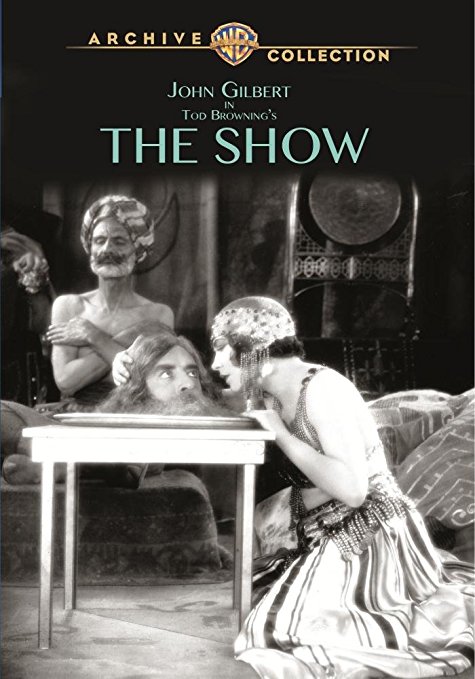







Conventions and Creativity
Montage
Mindhunter Season 1 (dir. David Fincher, 2017)
Shot Reverse Shot
Long take framed by standard shot reverse shot intro and exits:
Amazon Prime Patriot 1, Season 8 Episode
Synthesis and Sound Design
Mindhunter (2017; 2019)
Neil Young Reveals the Secrets to Hit Records
Flora Cash ? For Someone - [Official Music Video]
Reading Won't Make You a Better Person
A classic, you have to repeat to understand
time stamp around 23:00
Flora Cash For Someone - [Official Music Video]
Hiroshi Yoshimura – Music For Nine Post Cards (Wave Notation 1) † [1982, full album]
La Pléiade : du courant littéraire à la prestigieuse bibliothèque
Robert Darnton, The Case for Books: Past, Present, and Future (2009)
Robert Darnton, "In Defense of the New York Public Library," June 7, 2102
Terry Eagleton, The Rape of Clarissa (1982), viii ("progressive?" [yes]; "feminist"; "genuinely subversive elements")
Keith Richards: "There's Two Sides to Every Story" (Part 1)
Keith Richards: "There's Two Sides to Every Story" (Part 2
Turner, Hannibal Crossing the Alps
Loop Narrative / Thematic Structure (Visualizing, Spatializing works of art that can only be experienced in linear time.)
Ludovico Einaudi, "Elegy for the Artic" (ends one note short of beginning over)
What is a work of art? / Art in the Age of 2nd-Order Observation ft. Walter Benjamin
Repetition, AND the LIMITS of RESEMBLANCE: Looking looking head on or obliquely as different ways of understanding.
Oblique Perspective in Hans Holbein's The Ambassadors (anamorphosis); Jacques Derrida on oblique reading in Passion: An Oblique Offering.
Ratatouille - Synesthesia - HD - FX Animation by Michel Gagné
Every film we'll watch has intertitles or subtitles (in English). Almost all of them are in black and white or have been tinted by hand with one color per shot.
We will watch every film twice each week. Discussion questions are due every Monday and every Wednesday by 5:00 p.m.
F. W. Murnau, "The Ideal Film Needs No Titles"
 |
 |
 |
https://www.youtube.com/watch?v=mTziL0Xwa-s timestamp 29:00 |

--Barbara Johnson quoting Roland Barthes on rereading versus reading.
Advice a gave a friend who wanted to learn about film.
I once by chance watched an interview with the editor of the Parallax View and then heard an interview with Jim Jarmusch. Turns out there are two opposite approaches to shooting and two opposite approaches to editing. One involves extensive preparation (in pre-production the number of shots, a storyboard for each shot), the other no preparation at all (go to the location and shoot). Some directors shoot lots and lots of versions of the same shot and then dump it all on the editor. Other directors know what they want and work closely with a cinematographer who understands exactly what they want. Ditto for the director and the editor. I watched a short film of David Fincher working with the editor. First you see the entire shot. Then you used what Fincher used of it. He knew exactly where he wanted the cut. Hitchcock was obsessed with the cut (Rope has three but is supposed to look like it has one.) European directors favor the long take (8-10 seconds). So did Welles. American films tend to be composed of 3-4 second takes. For some reason, women could get jobs as editors. So some of the most famous editors are women. Films exist in three stages, first as screenplay, then as the shoot, then editing. This is a great interview of Hitchcock by Truffaut.